In the fast-paced, algorithm-tuned world of modern marketing, where AI writes headlines, digital platforms change by the minute, and customer data fuels every strategy, you might wonder: Are the old advertising books still worth reading? Can anything written in the age of Mad Men possibly help in the era of machine learning?
The answer is an emphatic yes.
While the tools of the trade have evolved dramatically, the underlying principles of effective advertising—human psychology, storytelling, brand positioning, emotional connection—haven’t changed nearly as much as the platforms on which they appear. And that’s where the classics still shine.
Take Ogilvy on Advertising by David Ogilvy – one of my favorites. His reverence for research, clarity, and consumer respect laid the groundwork for everything modern advertising still aspires to be. When Ogilvy said, “The consumer isn’t a moron, she’s your wife,” he was making a timeless point: advertising must connect with real people in a meaningful way. Whether it’s a 60-second TV spot or a 6-second TikTok, that principle remains unchanged.
Then there’s Scientific Advertising by Claude Hopkins. Written in the 1920s, it may seem archaic—until you realize Hopkins was essentially the godfather of A/B testing. His emphasis on measurable results and split-run testing mirrors the very essence of today’s data-driven, conversion-focused digital campaigns. Swap out “mail order” for “email drip campaigns” and you’d think he was writing in 2025.
Positioning: The Battle for Your Mind by Al Ries and Jack Trout reminds us that success often depends less on what a brand says, and more on how it’s perceived. In today’s crowded digital marketplace, positioning is more important than ever. With thousands of messages hitting each consumer daily, a brand that doesn’t own a clear space in the mind gets ignored.
Even George Lois’s Damn Good Advice or Luke Sullivan’s Hey Whipple, Squeeze This offers gritty wisdom that speaks directly to creatives trying to cut through the noise. And yes, Bill Bernbach’s mantra that “It may well be that creativity is the last unfair advantage we’re legally allowed to take over our competitors” still holds water—even when AI can generate 100 headlines in 10 seconds. Why? Because it’s still a human who decides which one truly sings.
So, are the classics still relevant?
Not just relevant, they’re essential. Because while platforms shift, algorithms evolve, and AI advances, the foundation of great advertising remains deeply human. It’s built on understanding emotion, empathy, and behavior. And no machine will ever truly master that the way a seasoned storyteller can.
If you’re serious about this business—if you want to do more than follow trends and instead shape enduring, effective ideas—go back and read the classics. They’re not relics. They’re the roots.
And strong roots still grow the best ideas.
Joe Bouch, CEO
78Madison


